Timer Dimming for LED Street Lights: What Buyers Need to Know (2025 Guide)
What Is Timer-Based Dimmi
Automate streetlight on/off schedules with precision using seasonal and astronomical time control. Our system not only reduces unnecessary energy consumption but also extends the service life of lamps by avoiding over-operation. With optional hybrid photocell integration and remote programming capability, procurement teams gain flexible, tender-ready solutions that simplify cabinet-level operations, cut O&M costs, and ensure compliance with modern smart-city standards—all backed by industrial-grade hardware and a reliable 5-year warranty.
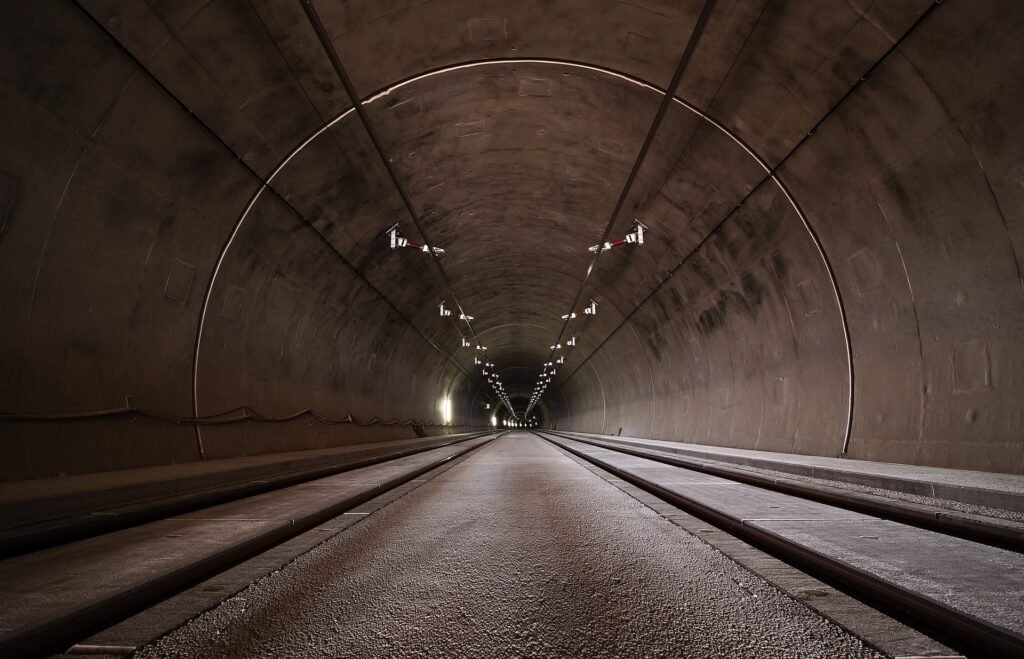
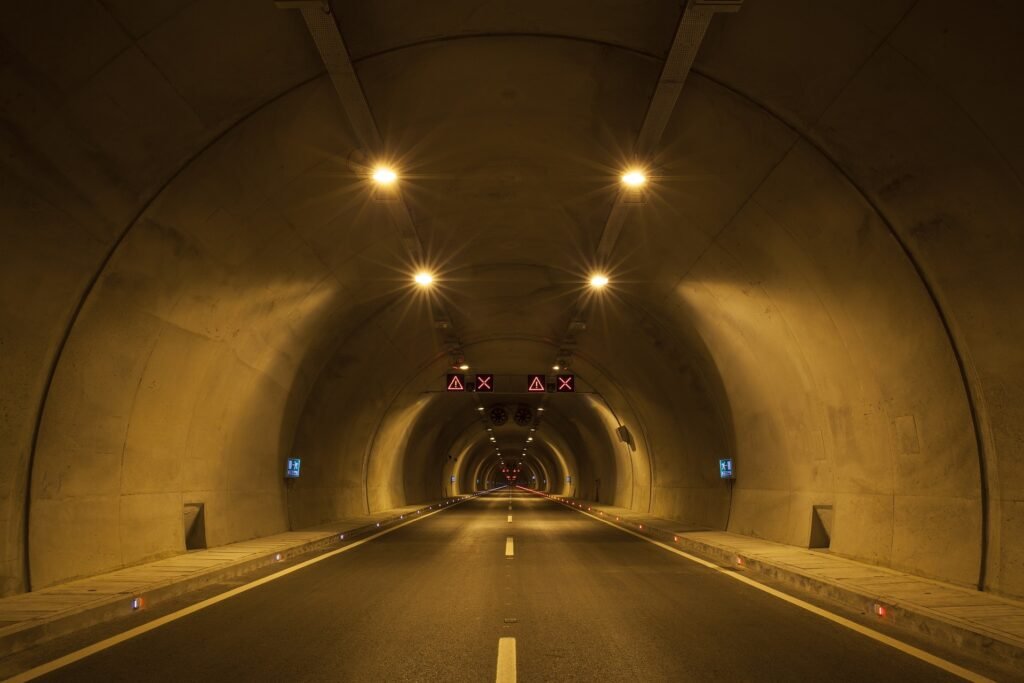
The timer-control lighting system is designed to switch street lights on and off automatically according to preset schedules. Unlike manual operation, it ensures a consistent, predictable lighting cycle throughout the year. Advanced systems integrate astronomical time switches that adjust daily based on sunrise and sunset, and can also combine with photocell sensors to respond to sudden weather changes.
By eliminating guesswork and human error, the system provides reliable illumination for roads, highways, and public spaces while lowering energy costs and reducing maintenance workload. It is a practical and proven solution for municipalities and industrial parks looking to modernize their outdoor lighting infrastructure.
Modular cabinet-level design with controller, timer/astronomical module, power & contactors, and optional expansions for remote monitoring.
Microcontroller/PLC executes schedules and handles inputs/outputs.
Daily/weekly/seasonal programs; auto sunrise/sunset by latitude/longitude.
Switch feeder circuits and lamp groups with proper electrical protection.
Enhance flexibility with sensors and connectivity for remote operations.
The timer-control system follows a clear and reliable workflow to manage lighting schedules:
Time Profiles – Users can pre-program daily, weekly, or seasonal on/off schedules according to local requirements.
Astronomical Mode – Advanced controllers automatically calculate sunrise and sunset times using latitude and longitude, ensuring precise switching throughout the year without manual adjustments.
Hybrid Mode – For greater flexibility, a photocell input can be combined with timer control. This ensures lights switch on earlier during cloudy or stormy weather, while still respecting the preset time window.
Manual & Remote Overrides – In case of emergencies, festivals, or special events, operators can easily override schedules locally or via remote access, ensuring that lighting adapts instantly to real-world needs.
This scheduling logic guarantees predictable illumination, energy savings, and reduced manpower costs, while still providing the adaptability required for modern urban environments.
To meet different project budgets and management requirements, MVS provides several types of timer-control street lighting controllers:
Simple electronic or mechanical timer for fixed daily schedules. Low investment, easy to operate, but requires seasonal manual adjustment.
Automatically calculates sunrise and sunset times based on geographical coordinates. Eliminates manual changes, suitable for cities with significant seasonal daylight variations.
Combines scheduled switching with photocell input. Ensures reliable operation even under unusual weather conditions, providing greater flexibility than pure timer solutions.
Advanced solution with remote programming via app or web platform. Supports group control for different roads or districts, data reporting (voltage, current, failure alarms), and seamless integration into smart city systems.
Each option is built on industrial-grade components and can be customized for cabinet or pole-top installation, giving procurement officers flexibility to choose the best balance of cost, functionality, and scalability.
Compare controller options to choose the optimal balance of cost and capability.
| Feature / Spec | Basic Time | Astronomical | Hybrid (Timer+Photocell) | Smart (Cloud) |
|---|---|---|---|---|
| Power Supply (VAC) | 110–277 | 110–277 | 110–277 | 110–277 |
| Contactor Rating | 30–63 A | 30–63 A | 30–100 A | 30–100 A |
| RTC Accuracy | ±20 ppm | ±5 ppm | ±5 ppm | ≤ ±2 ppm + NTP |
| Schedules Capacity | 10–20 events | 30–50 events | 30–50 events | ≥ 50 events + holidays |
| Astronomical Calc (Lat/Long) | — | ✓ | ✓ | ✓ + offset/DST |
| Photocell Validation | — | ◐ (optional) | ✓ | ✓ + thresholds |
| Remote Programming | — (local only) | — (local only) | ◐ (gateway) | ✓ (App/Web) |
| Group / Zone Control | — | — | ◐ (multi-branch) | ✓ |
| Telemetry & Alarms | — | — | ◐ (gateway) | ✓ (4G/NB-IoT/Modbus) |
| Overrides (Manual/Remote) | Manual | Manual | Manual + ◐ Remote | Manual + Remote |
| Protections (SPD/MCB) | 6 kV + MCB | 6 kV + MCB | 6–10 kV + MCB | 6–10 kV + MCB |
| Enclosure Rating | IP54–IP65 | IP54–IP65 | IP65–IP66 | IP65–IP66 |
| Operating Temp | -20 ~ +60 °C | -30 ~ +65 °C | -40 ~ +70 °C | -40 ~ +70 °C |
| Typical Use | Small roads / fixed | Cities w/ seasons | Weather-prone areas | City-wide & tendered |
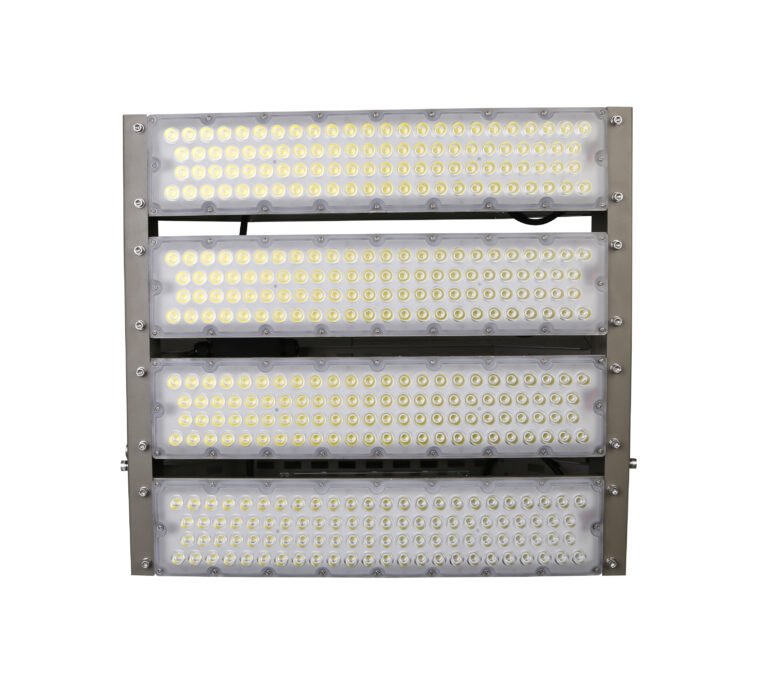
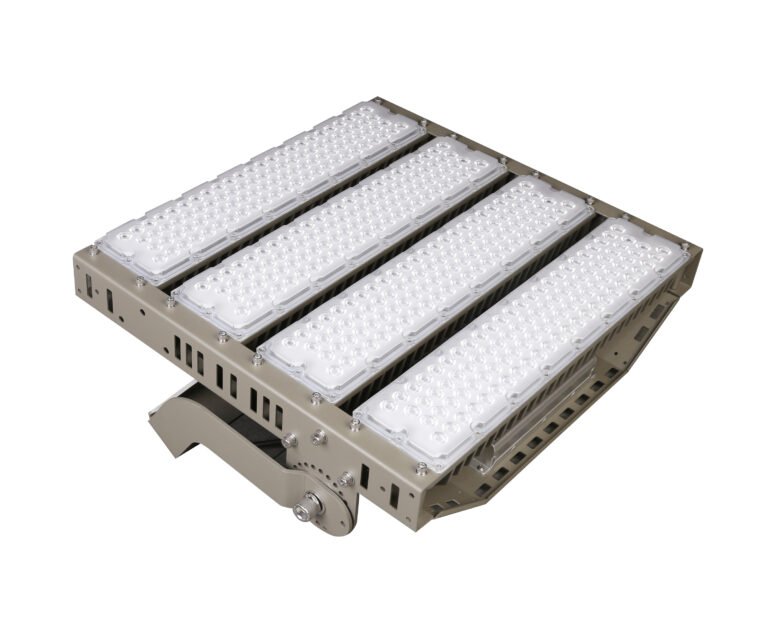

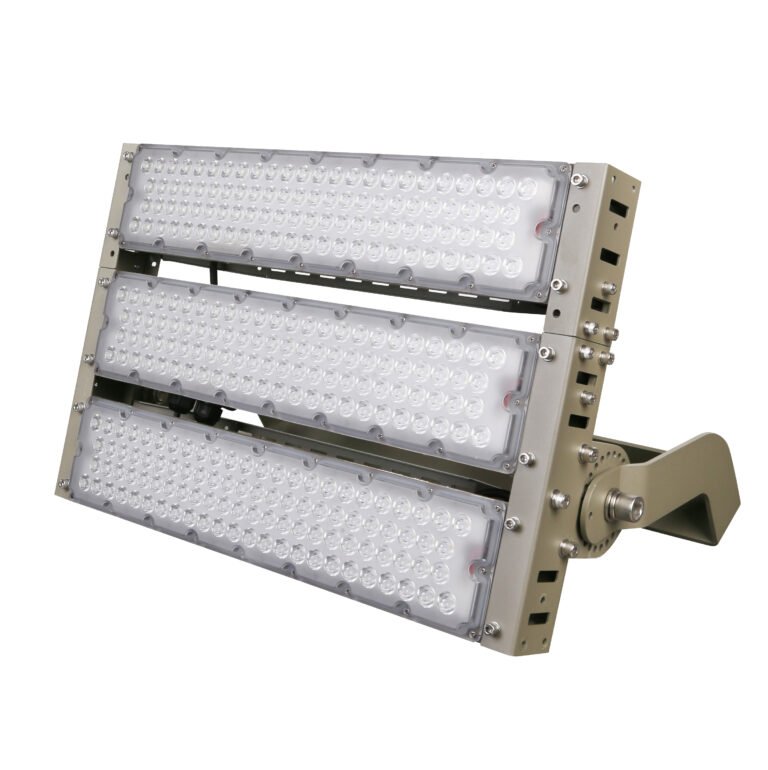
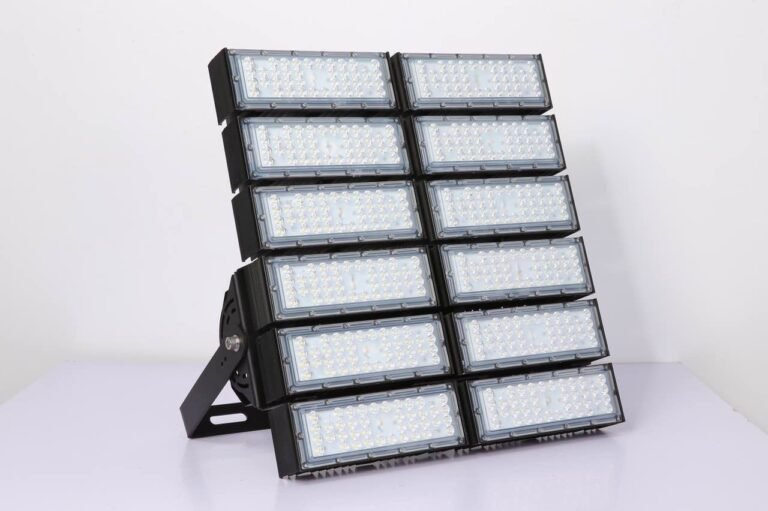
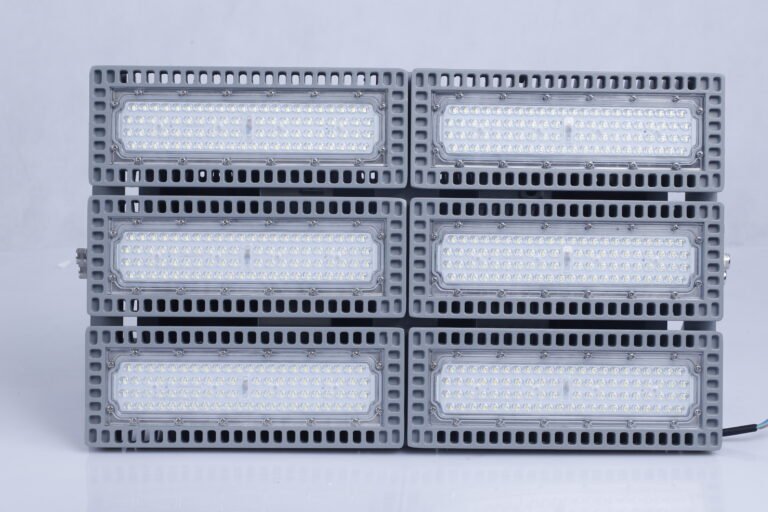
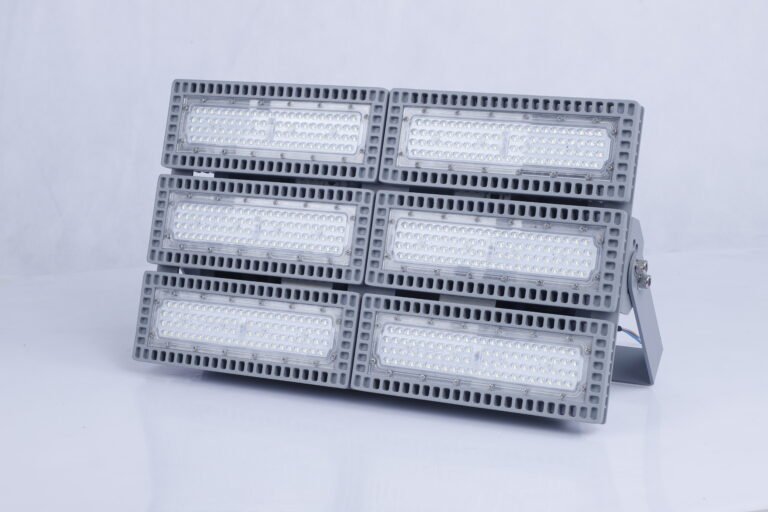
Our catalog offers modular, energy-saving, and high-performance LED solutions. Share your project needs, and we’ll create a tailored lighting plan for you.



For more professional knowledge and practical guidance, visit our blog to discover in-depth articles on LED street lights and project solutions.
What Is Timer-Based Dimmi
Outdoor Lighting Installa
Introduction – Why Upgrad
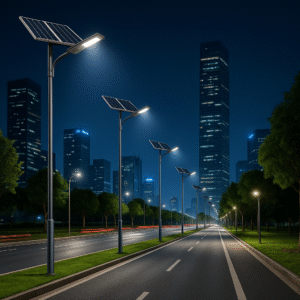
Introduction As cities an
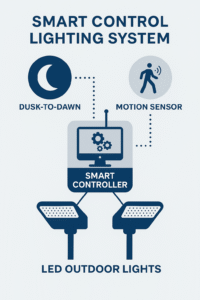
Introduction Outdoor ligh
How to Waterproof LED Lig